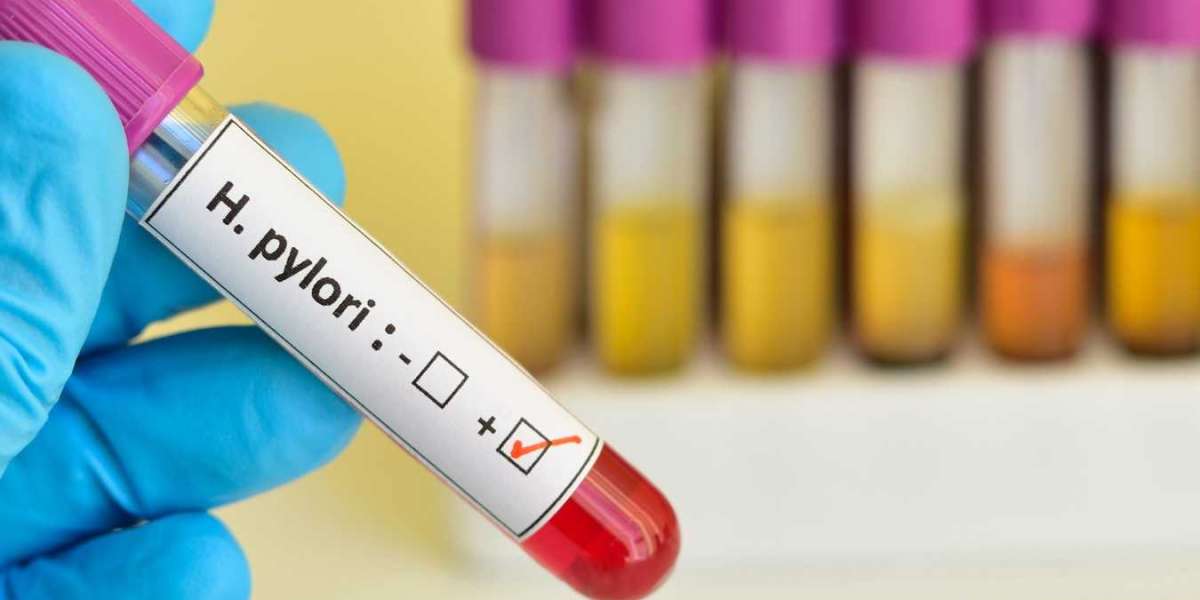Helicobacter pylori (H pylori) is a common bacterium that can infect the stomach lining, leading to various gastrointestinal issues, including gastritis, ulcers, and even stomach cancer in severe cases. An H pylori stool test is a non-invasive way to determine whether you have an H. pylori infection. Home testing kits have made it easier and more convenient for people to check for the presence of this bacterium from the comfort of their homes.
Before you begin the test, it’s essential to follow the right H Pylori Stool Test Instructions to ensure accurate results. This article will walk you through everything you need to know about the H. pylori stool test, including preparation, sample collection, and common precautions.
Avoid Medications That Can Affect Results
Several medications can interfere with the accuracy of the H. pylori stool test, especially those that affect stomach acid. These include antibiotics, proton pump inhibitors (PPIs), and bismuth-containing medications like Pepto-Bismol. It’s generally recommended to stop taking:
- Antibiotics: at least 4 weeks before testing.
- Proton pump inhibitors (PPIs): 2 weeks before testing.
- Bismuth-containing medications: 2 weeks before testing.
Consult your healthcare provider before discontinuing any medications. They can give you a personalized recommendation on when it’s safe to stop and start the test.
Dietary Considerations
Though there aren’t strict dietary restrictions before taking the H. pylori stool test, some healthcare providers recommend avoiding excessive spicy or greasy foods that may cause gastrointestinal discomfort. While these foods won’t interfere with the test directly, they could exacerbate symptoms, making it harder to determine if your discomfort is due to H. pylori or another condition.
Steps for Collecting a Stool Sample
Following the correct procedure for collecting your stool sample is crucial for obtaining accurate results. Here’s a step-by-step guide to ensure proper collection.
Step 1: Choose a Collection Method
Many home kits come with a special device for collecting the stool sample. It could be a paper or plastic sheet that fits over your toilet seat or a collection cup. Make sure the area where you’ll collect the sample is clean to avoid contamination. Do not let urine or water touch the stool sample.
Step 2: Collect the Sample
Using the provided collection device (usually a scoop or stick), take a small portion of the stool and transfer it into the test tube or vial. Ensure that the sample fits within the container's indicated fill line but don’t overfill. Secure the cap tightly once you’ve collected the sample.
Step 3: Label the Sample
Most kits come with a label for you to write your name, date of birth, and the date of sample collection. Labeling is crucial for ensuring that the laboratory can track your test correctly.
Step 4: Store and Ship the Sample
Place the sealed test tube inside the provided plastic bag, and store it as instructed in the kit, usually at room temperature. Follow the kit’s specific directions for mailing or delivering the sample to the lab. Some kits may require refrigeration; ensure you check the instructions for any special storage needs.
Common Precautions to Follow
To ensure that your test is accurate and safe, follow these precautions during the testing process.
- Avoid Contaminating the Sample: Contamination from water, urine, or other foreign substances can invalidate your test. Be cautious when collecting your stool sample, and use only the tools provided in the kit.
- Follow the Timing Instructions: Pay attention to any time limits specified in the kit’s instructions. Some tests may require you to ship the sample within a specific time frame to ensure freshness. Delays could lead to inaccurate results or require you to retake the test.
- Understand When to Retest: In some cases, you may need to repeat the test, especially if your sample was contaminated or if you didn’t follow the medication guidelines. Retesting is also recommended after completing treatment for H. pylori to confirm that the infection has been cleared.
What to Do After Testing?
Once you’ve sent your sample to the lab, it typically takes a few days to receive the results. The laboratory will analyze the stool sample for H. pylori antigens, which are proteins associated with the presence of the bacterium. If the test confirms an H. pylori infection, your healthcare provider will likely recommend a treatment plan involving antibiotics and other medications to eradicate the bacterium and alleviate symptoms.
Conclusion
The H. pylori stool test is a simple and effective way to diagnose an H. pylori infection from home. By carefully following the preparation and sample collection instructions, you can ensure that your test results are accurate. Be mindful of medications, follow the kit instructions closely, and consult your healthcare provider if you have any concerns about the process.














